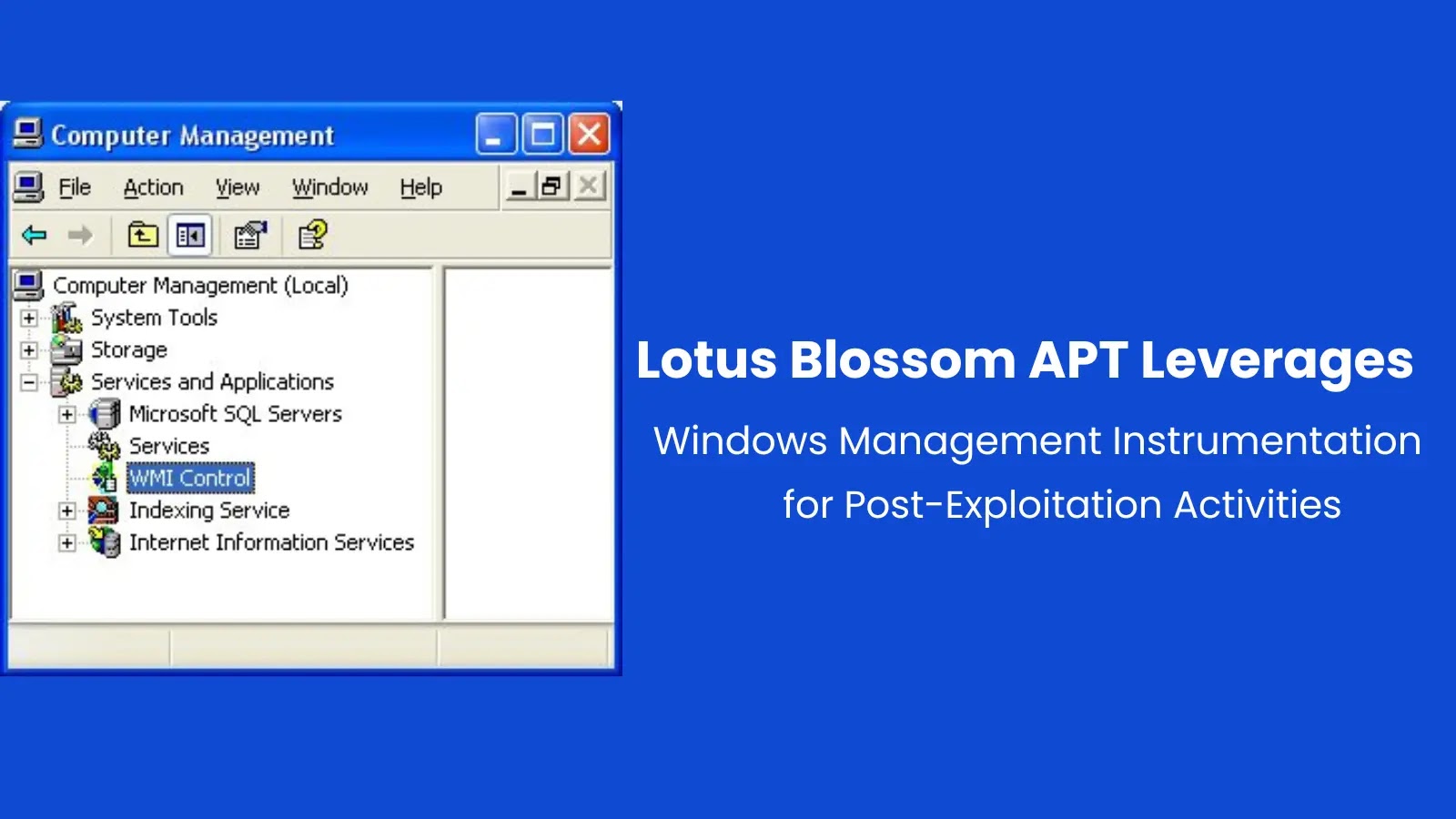The Lotus Blossom Advanced Persistent Threat (APT) group, recognized under aliases like Lotus Panda, Billbug, and Spring Dragon, has escalated its cyberespionage activities by innovating the Sagerunex backdoor tactics.
These strategic advancements underline the group’s crafty utilization of Windows Management Instrumentation (WMI) for post-exploitation operations and the deployment of bona fide cloud services for covert command-and-control (C2) operations.
Concentrating their efforts, the Lotus Blossom group’s recent onslaughts are squarely aimed at governmental bodies throughout the Asia-Pacific (APAC) realm.
The infiltration strategy of Lotus Blossom initiates with securing entry points through spear-phishing, watering hole attacks, or the exploitation of vulnerabilities within publicly accessible applications.
Upon network penetration, the adversaries utilize WMI for discrete lateral movements, a technique that empowers them to execute remote commands across systems without necessitating additional malware payloads, markedly complicating detection challenges.
The attackers, once entrenched, resort to a mix of malicious tools including RAR archivers for compressing stolen data, custom proxy utilities like Venom for orchestrating traffic relay, and browser cookie hijackers to siphon credentials.
To gather critical system and network details, commands like tasklist, ipconfig, and netstat are executed. Subsequent steps involve configuring proxy setups or employing Venom to route traffic via other compromised hosts should direct internet access prove restrictive.
Permanence within the infiltrated network is guaranteed through the implantation of the Sagerunex backdoor in the Windows Registry, cleverly disguised under legitimate system service names like “tapisrv” and “swprv”, ensuring activation at each system startup and securing enduring access.
Command-and-Control Deception Using Legitimate Platforms
The clever evasion capabilities of the Sagerunex backdoor are demonstrated through its use of legitimate platforms such as Dropbox, Twitter, and Zimbra for C2 exchanges. These platforms facilitate the integration of malicious traffic with regular user activities, dramatically muddling detection efforts.
For instance:
- Dropbox: Encrypted data is systematically uploaded as .rar files.
- Twitter: Embedded commands within status updates.
- Zimbra: Craftily concealing exfiltrated data within draft emails or inbox content.
This approach not only complicates traditional network monitoring but also ensures communication remains stealth via encrypted channels, further obfuscating any malicious undertakings from intrusion detection systems.
To counteract such advanced threats, organizations are advised to adopt a multi-layered defense strategy, including:
- Endpoint Detection and Response (EDR): Employ behavior-based EDR solutions to detect anomalous registry alterations and cryptic communications.
- Network Segmentation: Curtail potential lateral movement by implementing stringent network segmentation and adopting a zero-trust security posture.
- Security Validation: Leverage Breach and Attack Simulation (BAS) platforms to gauge your defenses against these sophisticated attack methodologies.
- Incident Response Preparedness: Cultivate and routinely reassess incident response plans to efficiently detect, isolate, and neutralize threats.
The audacious exploitation of WMI and legitimate cloud platforms by Lotus Blossom APT not only underscores the intricate nature of their attack strategies but also exemplifies the critical need for fortified cybersecurity defenses tailored to repel such seasoned adversaries.
Investigate real-world malicious links and phishing attacks with Threat Intelligence Lookup – Try for Free
Related: 5 Alarm Signs Your Network Is Under Attack by ESURGE Malware Through Ivanti
Last Updated: March 29, 2025




